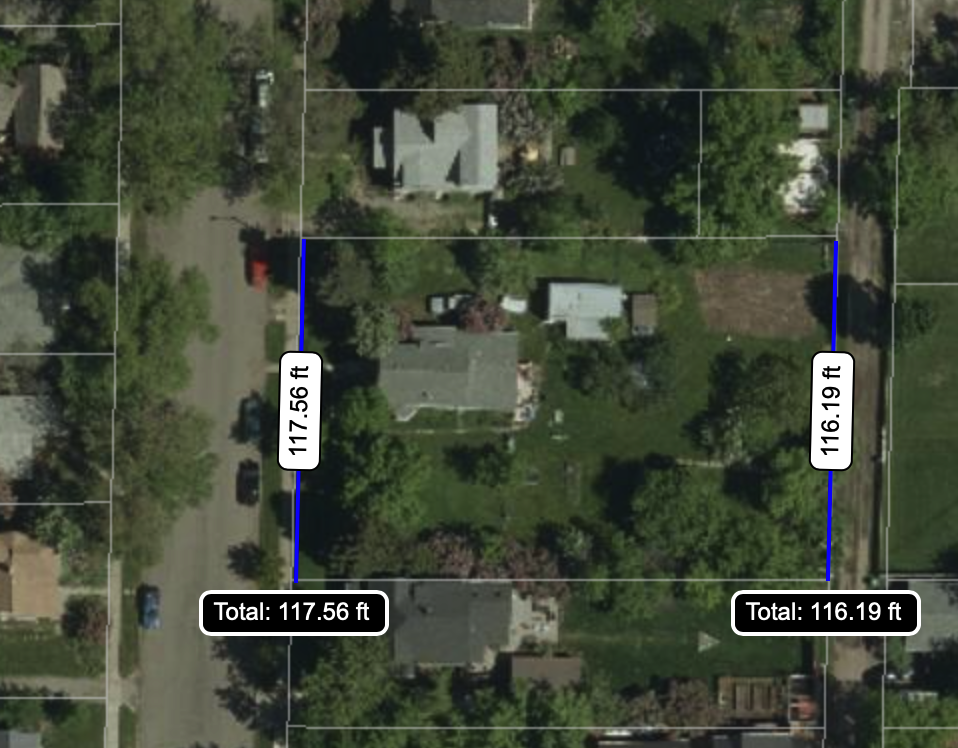I’m highly interested in building some sort of infill project in the northeast neighborhood. My primary intention is add additional units of housing (in part to offset my own guilt about being “part of the problem”). I also just think it would be neat to build something add something to the neighborhood and community.
The only problem is: Bozeman’s code makes infill development all but impossible. I’ve investigated a half dozen opportunities in the past year, and each time there’s some “gotcha” in the development code that ruins otherwise great infill opportunities. I thought maybe I’d document some of these, so if/when Bozeman decides to get serious about supporting infill, I can provide some reasoned suggestions with examples.
A 21,000 SF property on Church Avenue just went on the market. That’s a half-acre of land, listed just below $1m. It’s zoned R2, so right off the bat we’re thinking a theoretical maximum density of three 7000 SF lots, each with a duplex and ADU. Housing units before: 1. Housing units after: 9. Sweet!
Only, there’s a little problem: the lot is only 118 feet wide.

Why is that a problem? Although many of the existing lots on Church Street are only 30′ wide, the City of Bozeman (in an apparent effort to limit infill and keep housing prices sky-high) requires a minimum width of 40′ (when a lot has alley access; 50′ otherwise).
Note, the lot width minimum is in addition to other lot geometry requirements:
- Lot size minimums
- Setback requirements (15′ up front, 20′ out back, 5′ on each side),
- Lot-area coverage maximums
- Floor area ratio maximums
- Off-street parking minimums
These multitudinous requirements all effectively do the same thing in different ways: impose a minimum on the size of a lot.
And, thanks to the City of Bozeman’s “white glove” approach to variances, a subdivision plan with two 40′ lots and one 38′ lot would never fly (the 38′ lot would be a “self-imposed hardship and therefore ineligible for any sort of exception to the rules”).
Assuming building costs of 2.5x land costs, a $1m lot implies $2.5m in improvements. That could be one $3.5m single family house on one lot, two $1.75m single family houses, or a maximum of two duplexes and two ADUs with an average cost of $583k. Without the lot width minimum, we could get nine units at an average cost of $388k per unit. While $400k isn’t cheap, it’s within reach of many Bozeman middle class families, in a way that $600k just isn’t.
If we’re going to have lot size minimums and setbacks, we don’t need lot width minimums. Having both subjects potential infill to double jeopardy. In this situation, with a half acre of available land, minimum lot widths mean that the smallest possible subdivision of this lot is two 10,500 SF lots. If we’re going to have affordable housing and compact neighborhoods, we’re going to need to allow small lots!
